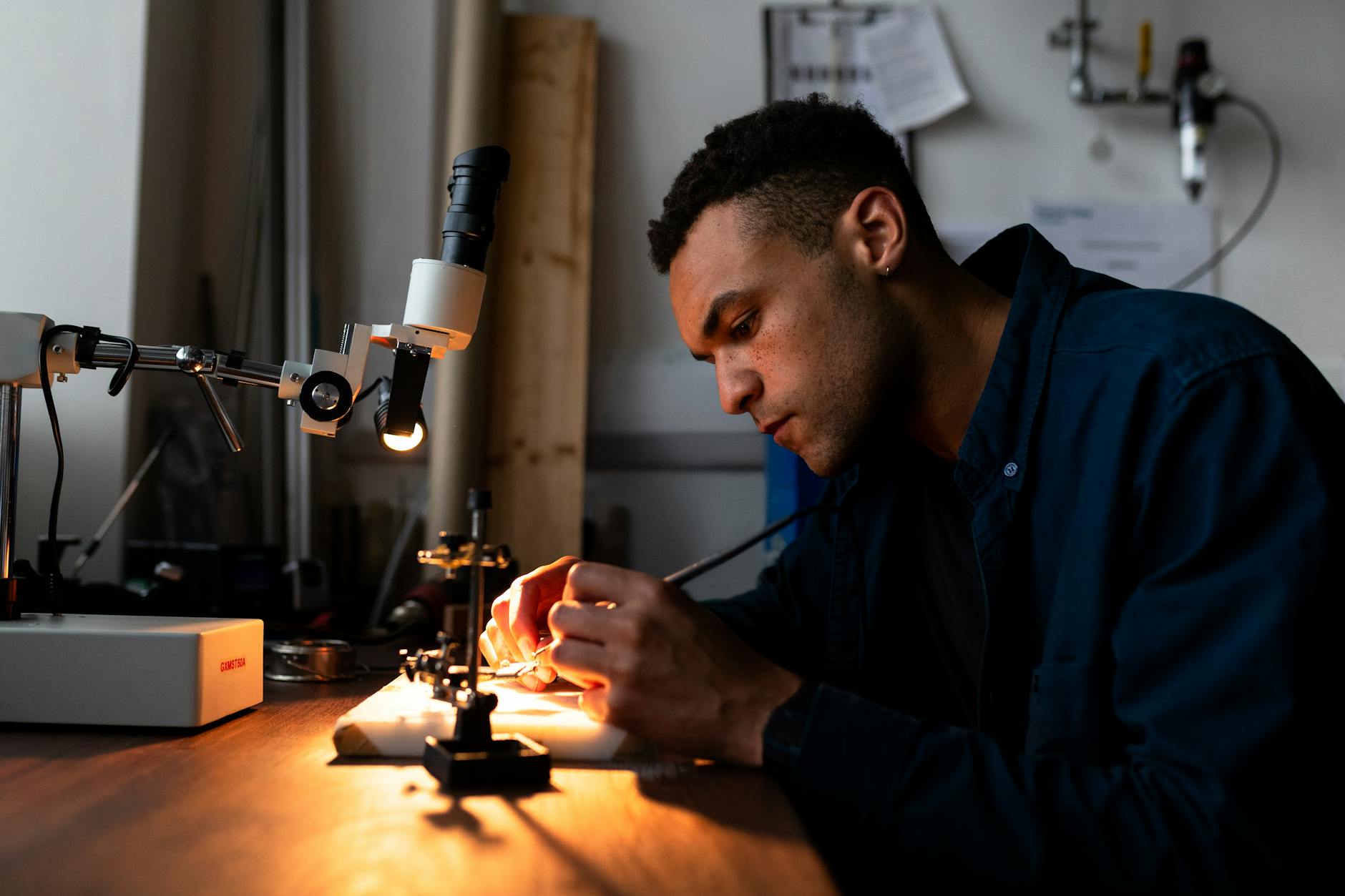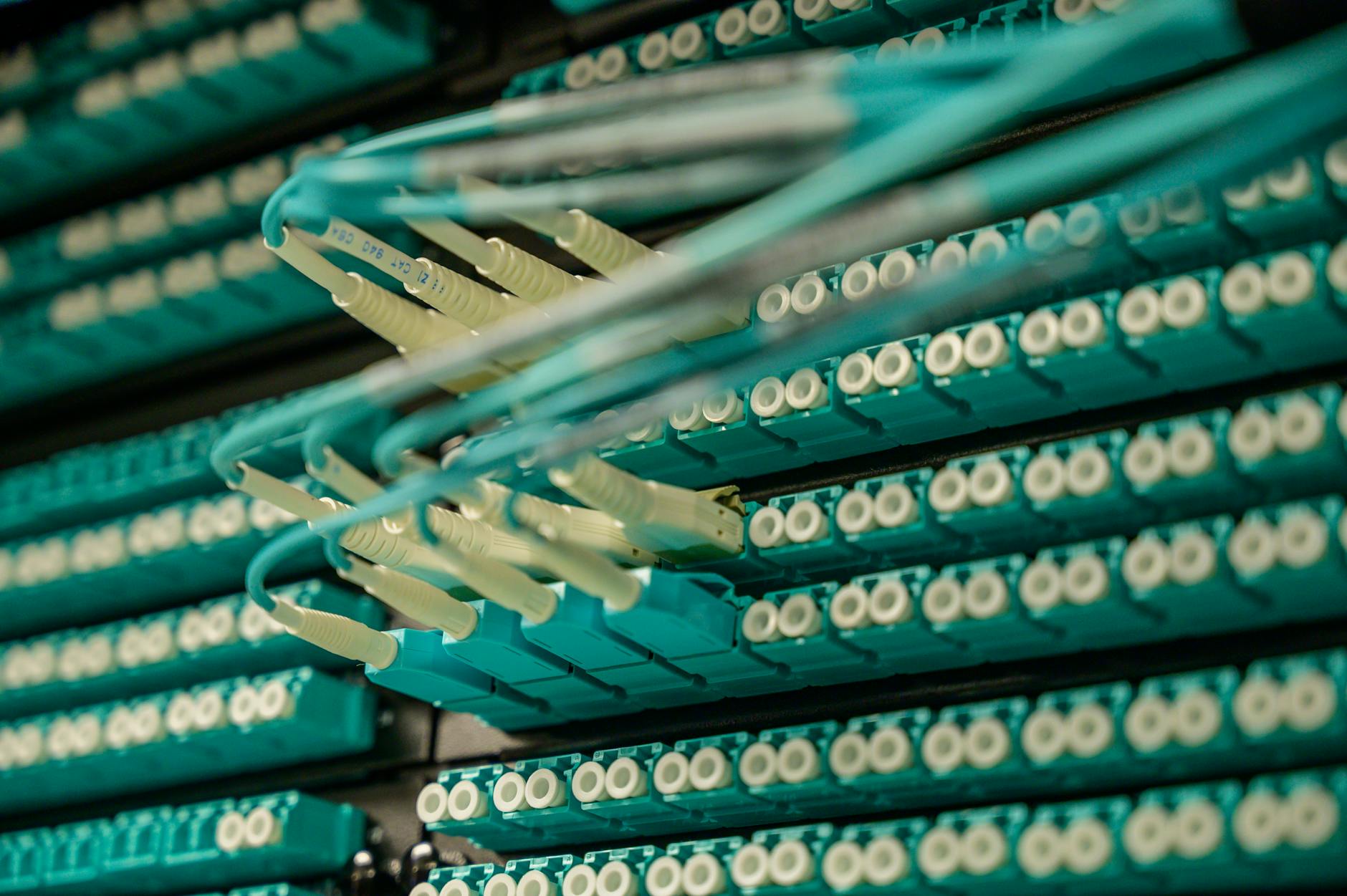How to Enhance School Performances with Audio Tech in Australia

Setting the Scene for Audio Tech
In the heart of Brisbane, I've often been captivated by the exceptional auditory experiences at the Queensland Performing Arts Centre. This reflection offers insight into how crucial sound quality is, paving the way for us to delve into audio technology’s evolving role in education. Classrooms today face a myriad of challenges with audio, often marked by outdated equipment and inconsistent acoustics that can hinder learning. An inadequate sound environment can affect students' focus and comprehension, making it essential to prioritise effective audio solutions.
The integration of advanced audio technology has a profound impact on education. For instance, superior sound distribution systems not only aid in clear verbal communication but also enrich multimedia presentations. This emphasis on comprehensive audio environments allows educators to create inclusive classrooms where every student can engage fully.
Emerging trends in educational audio solutions highlight the importance of innovative tools like acoustic panels and data projectors. These tools are vital in tackling classroom noise issues and ensuring visuals match high-definition audio. Similarly, a quality recording microphone can facilitate better virtual learning experiences and ensure clear communication in hybrid settings.
Drawing inspiration from the advancements seen at esteemed venues like the Queensland Performing Arts Centre, we can see how cutting-edge audio tools play a pivotal role in enhancing educational outcomes and creating a dynamic learning environment.
Essential Audio Tools
Classroom Sound Systems
For effective learning experiences in educational settings, using high-quality classroom sound systems is essential. Loudspeakers are an integral part of these systems, ensuring every student, regardless of where they're sitting, can hear the lesson clearly. At places like the Brisbane Powerhouse, quality sound systems play a vital role in delivering a clear and immersive auditory experience. To achieve optimal sound delivery, integrating loudspeakers strategically across a classroom ensures consistent audio coverage.
Wireless Microphones
Wireless microphones offer flexibility and mobility for educators navigating the classroom. They're particularly advantageous for teachers who actively engage with students during lessons, allowing for seamless movement without being tethered by wires. This mobility is embraced in many music technology studios in Fortitude Valley, where movement can often be part of the creative process. By incorporating wireless microphones, teachers can effectively engage students while maintaining clear communication throughout the classroom.
Assistive Listening Devices
Assistive listening devices are crucial for inclusivity, helping students with hearing impairments fully participate in class. PTZ cameras, while primarily for visual capture, can be complemented by assistive listening technologies to enhance learning for all students. This combination ensures that all members of a classroom can access both visual and auditory content effectively. Interconnecting these devices with appropriate av cables maintains a minimalistic and efficient setup, supporting seamless connectivity among the essential classroom audio tools.
Implementing Audio Tech in Schools
Assessing Campus Needs
Understanding the distinct audio requirements of an educational institution sets the foundation for effective tech integration. Start by conducting a comprehensive evaluation of existing systems and spaces. Determine which classrooms or lecture halls would benefit from enhanced audio capabilities like a hearing loop, which can make learning more inclusive for students with hearing impairments. Engage with stakeholders, including educators and IT staff, to gather varied perspectives on current limitations and future needs.
Streamlining Installations
When it comes to installation, strategic planning is crucial. Collaborate with technology providers to ensure that the systems are not only cutting-edge but also seamlessly integrated into the existing infrastructure. Whether you are installing a state-of-the-art universal remote control system or setting up new speakers, the process should be efficient to avoid disrupting educational activities. Consider venues around Brisbane, like the Queensland Performing Arts Centre, as exemplars in deploying versatile, high-quality audio setups.
Training Staff Effectively
Once new audio technologies are in place, equipping staff with the right knowledge is essential. Offer comprehensive training sessions, grounded in practical demonstrations, to empower educators. They should feel confident not only in operating the new systems but also in troubleshooting minor issues. This ensures that technology enhances rather than hinders the learning environment. Engaging local resources such as music technology studios in Fortitude Valley can provide additional training support. This high-level commitment ensures that the technology investment truly pays off by enriching the educational experience.
Best Practices for Audio Tech Application
Ensuring System Reliability
When it comes to audio technology in educational settings, ensuring system reliability is paramount. This involves more than just selecting the right equipment. It's about integrating compatible systems and routinely auditing their performance. Using an antenna tracking system can be vital in maintaining dependable wireless connectivity, particularly in spaces with high traffic like lecture halls. By meticulously planning the layout and installation of audio components, educational institutions can uphold consistent performance, minimizing disruptions during lessons.
Enhancing User Engagement
Enhancing engagement with audio technology means tailoring solutions to meet the unique demands of the learning environment. A motorised projector screen, for instance, can transform classroom dynamics by offering flexible viewing options, allowing educators to adapt to different content formats seamlessly. This adaptability empowers instructors to orchestrate lessons that captivate attention, akin to the immersive experiences found at venues like The Queensland Performing Arts Centre. By customising audio tech setups to fit specific teaching styles and course materials, schools can elevate educational experiences.
Regular Maintenance Schedules
Regular maintenance ensures that audio systems remain functional and efficient over time. Scheduling routine checks and updates is crucial for identifying potential issues before they become major disruptions. Just as any professional audio space, like the music technology studios in Fortitude Valley, relies on scheduled maintenance to keep equipment in top condition, educational institutions should adopt the same diligence. By creating a systematic maintenance plan, schools can preserve the longevity of their audio investments, ensuring that technology continues to aid rather than hinder the learning process.
Navigating Educational Audio Technology
Commonly Asked Questions
In a seminar-style discussion around Queensland, I often encounter a variety of questions about educational audio technology. A frequent query revolves around the cost-effectiveness of outfitting entire campuses with classroom sound systems. To those deliberating this investment, begin by assessing existing resources; consider initial installations at high-impact zones like main auditoriums at the Queensland Performing Arts Centre.
Troubleshooting and Solutions
Most technical hitches stem from overlooked basics. When wireless microphones or assistive listening devices act up at The Brisbane Powerhouse, it's often a case of frequency interference. Quick fixes include shifting electronics to less congested channels. In studios across Fortitude Valley, our technology insights suggest conducting regular network audits to ensure seamless operation.
Maximising Classroom Technology
To optimise tech use in classrooms, begin by investing in user engagement—much like configuring the acoustics in professional music technology studios. Regular workshops can empower staff, ensuring proficiency in utilising equipment like wireless microphones for interactive learning. Moreover, the inclusion of advanced soundbars can revolutionise auditory experiences, transforming conventional spaces into dynamic learning environments that echo the clarity of a concert hall.
By adhering to these insights, educators are not only investing in robust infrastructure but are also setting the stage for a promising future in audio technology-driven education.


